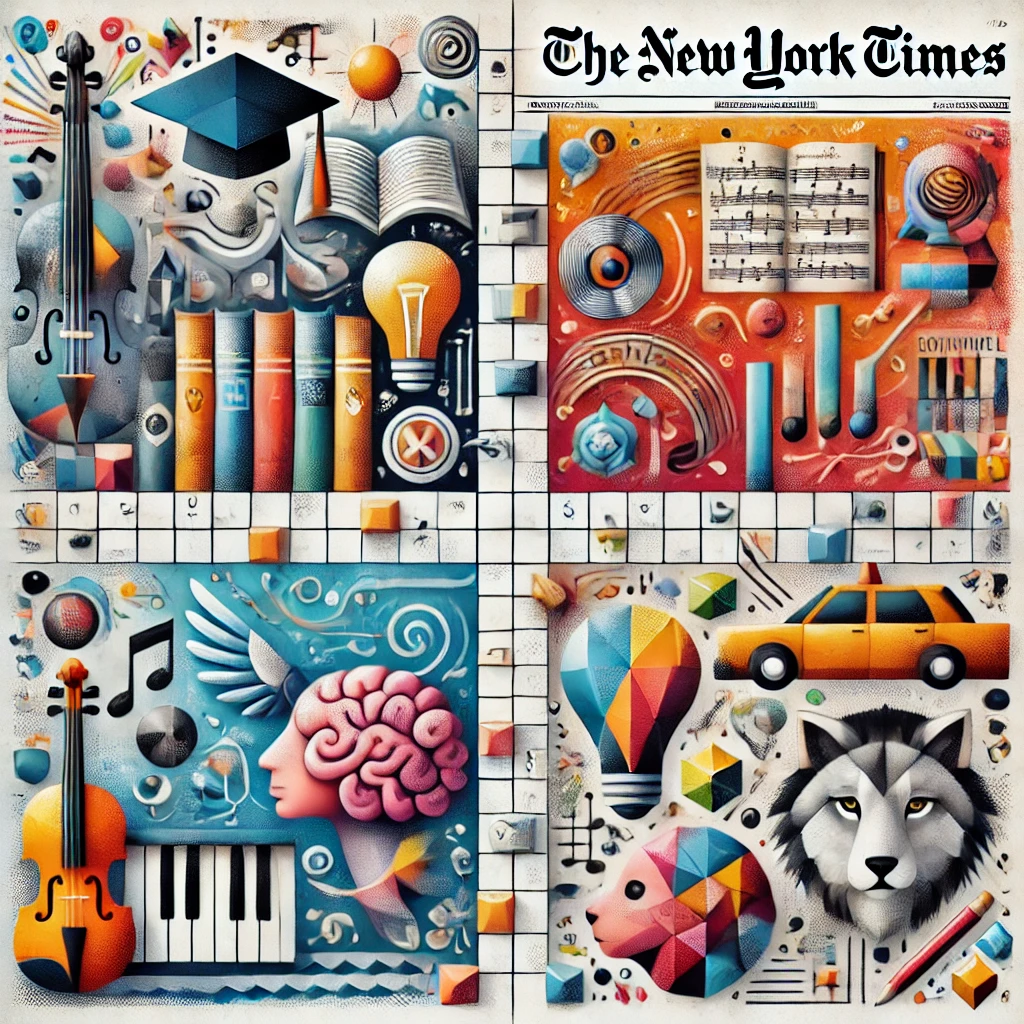The New York Times Connections game continues to challenge and delight puzzle enthusiasts worldwide. As with every day, today’s puzzle requires sharp thinking, pattern recognition, and sometimes, a little help to uncover the connections between words. Whether you’re protecting a perfect streak or trying to crack that last elusive category, we’ve got you covered.
What is the Connections Game?
The NYT Connections game is a word association puzzle where players must group 16 words into four categories. These categories are connected by a common thread—whether through themes, word types, or conceptual links. Each group represents a category, with some connections being more straightforward than others. Missteps cost lives, but the satisfaction of solving the puzzle without losing any is immensely rewarding.
Today’s Puzzle: Overview and Themes
January 8 brings another challenging yet intriguing puzzle to solve. Here’s a breakdown of the categories and the connections required to group them successfully. If you’re looking for hints or solutions, read on as we guide you through today’s categories, from the easiest to the hardest.
Category Hints: A Starting Point
If you want a nudge rather than outright answers, these hints will steer you toward success. Let’s explore today’s categories, one by one:
- Yellow Category: Vendor’s Spot at a Market
- This category features places commonly associated with selling goods. Think of markets, bazaars, or even flea markets, where vendors set up temporary spots to display their items.
- Green Category: Dog Commands
- This group includes words that you might teach a pet, specifically commands often used in dog training. These words should bring to mind obedience school or everyday pet behavior training.
- Blue Category: Corporate Departments
- Here, you’re looking for words representing various sections or teams in a corporate structure. Imagine walking into a company and navigating through its departments.
- Purple Category: Last Words in “America the Beautiful”
- This category focuses on the concluding words of the patriotic song “America the Beautiful.” While Americans may recognize these words instantly, they can be quite tricky for non-Americans.
Dealing with Tricky Words and Red Herrings
Certain words in the puzzle can mislead players due to their ambiguous meanings or dual associations. For example:
- Sit and Stand: While they may seem related, they don’t belong to the same group.
- Two-Letter Acronyms: Be cautious, as some two-letter words might disguise themselves as simple terms when they’re acronyms in reality.
Today’s Answers: Grouping the Words
If you’re ready to check your answers or want confirmation, here’s how the puzzle breaks down:
Yellow Category: Vendor’s Spot at a Market
- Booth
- Stall
- Stand
- Table
These words represent places where vendors sell their products at markets, fairs, or similar setups.
Green Category: Dog Commands
- Come
- Heel
- Sit
- Stay
These are common commands taught to dogs, especially in basic obedience training.
Blue Category: Corporate Departments
- Finance
- IT
- Legal
- Sales
These terms refer to essential departments in any corporate or organizational setting.
Purple Category: Last Words in “America the Beautiful”
- From
- Sea
- Shining
- To
These words are part of the iconic closing line, “From sea to shining sea,” from the song “America the Beautiful.”
Strategy for Solving Connections Puzzles
For those struggling with these puzzles, here are a few strategies to enhance your gameplay:
- Start with the Obvious Connections
Focus on words that stand out as part of a clear category. For example, “Sit” and “Stay” might immediately make you think of dog training. - Watch for Red Herrings
Words like “Stand” might seem to fit into multiple groups (e.g., dog commands or vendor spots). Pay attention to the overall theme. - Think Conceptually
For categories like corporate departments, consider how the words relate to each other in a workplace setting. - Use Elimination
Once you’ve locked in one category, it becomes easier to narrow down options for the remaining groups. - Look for Unique Associations
Categories like song lyrics or specific cultural references can be tricky. If unfamiliar, consider external clues or online searches.
Why the Connections Game is Addictive
The beauty of the Connections game lies in its simplicity combined with its intellectual challenge. It pushes players to think laterally, make connections, and sometimes dig into cultural or linguistic knowledge. Each puzzle brings a fresh set of words and a new set of challenges, ensuring that no two days are alike.
The game’s ability to stump even the sharpest minds makes solving it all the more satisfying. Moreover, for those who value their streaks, the thrill of protecting their record adds another layer of engagement.
Fun Facts About Today’s Categories
- Vendor Spots: Market setups like “booths” and “stalls” date back to ancient trade routes, where merchants showcased their wares in similar settings.
- Dog Commands: Commands like “heel” and “stay” are foundational in dog obedience training, often taught using positive reinforcement techniques.
- Corporate Departments: Departments like “Legal” and “Finance” are often the backbone of companies, ensuring compliance and profitability.
- “America the Beautiful”: Written by Katharine Lee Bates in 1895, the song captures the vastness and beauty of the American landscape, making it an enduring patriotic favorite.
Final Thoughts
Today’s Connections puzzle offered a balanced mix of straightforward and challenging categories. From market stalls to patriotic lyrics, each group required a unique thought process to uncover the hidden connections. Whether you solved it with ease or needed a few hints, the experience underscores why the NYT Connections game has become a favorite among puzzle enthusiasts.
Keep playing, keep challenging yourself, and most importantly, enjoy the thrill of making those elusive connections. After all, every solved puzzle is a small victory in the world of words.










